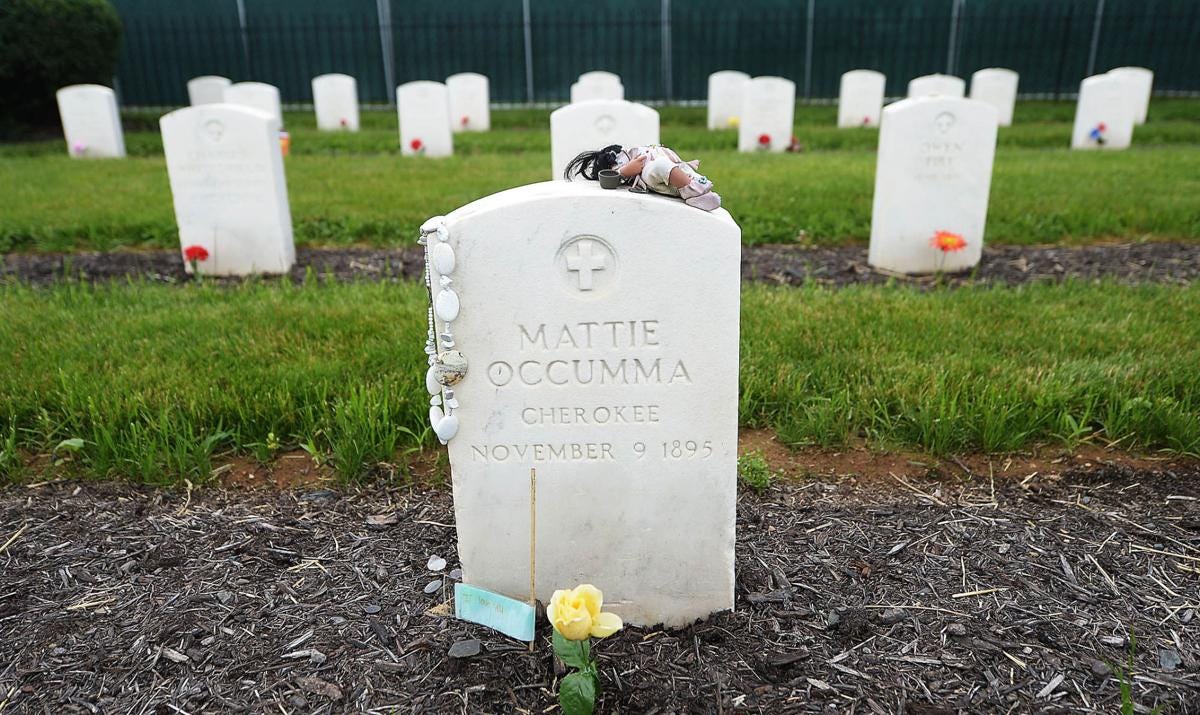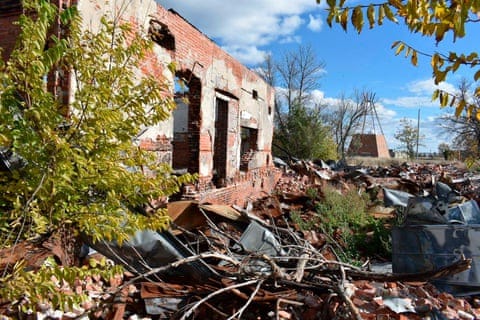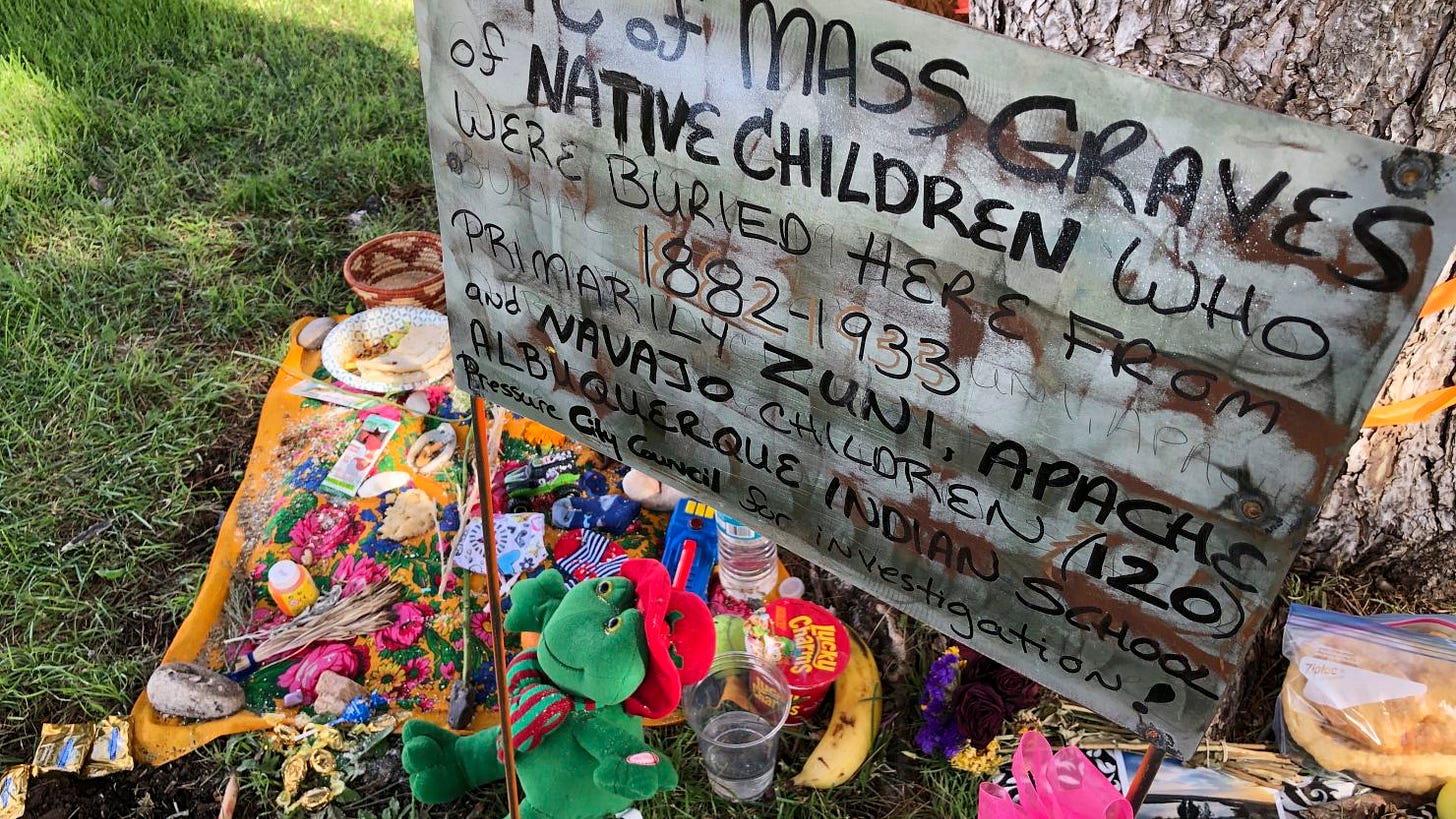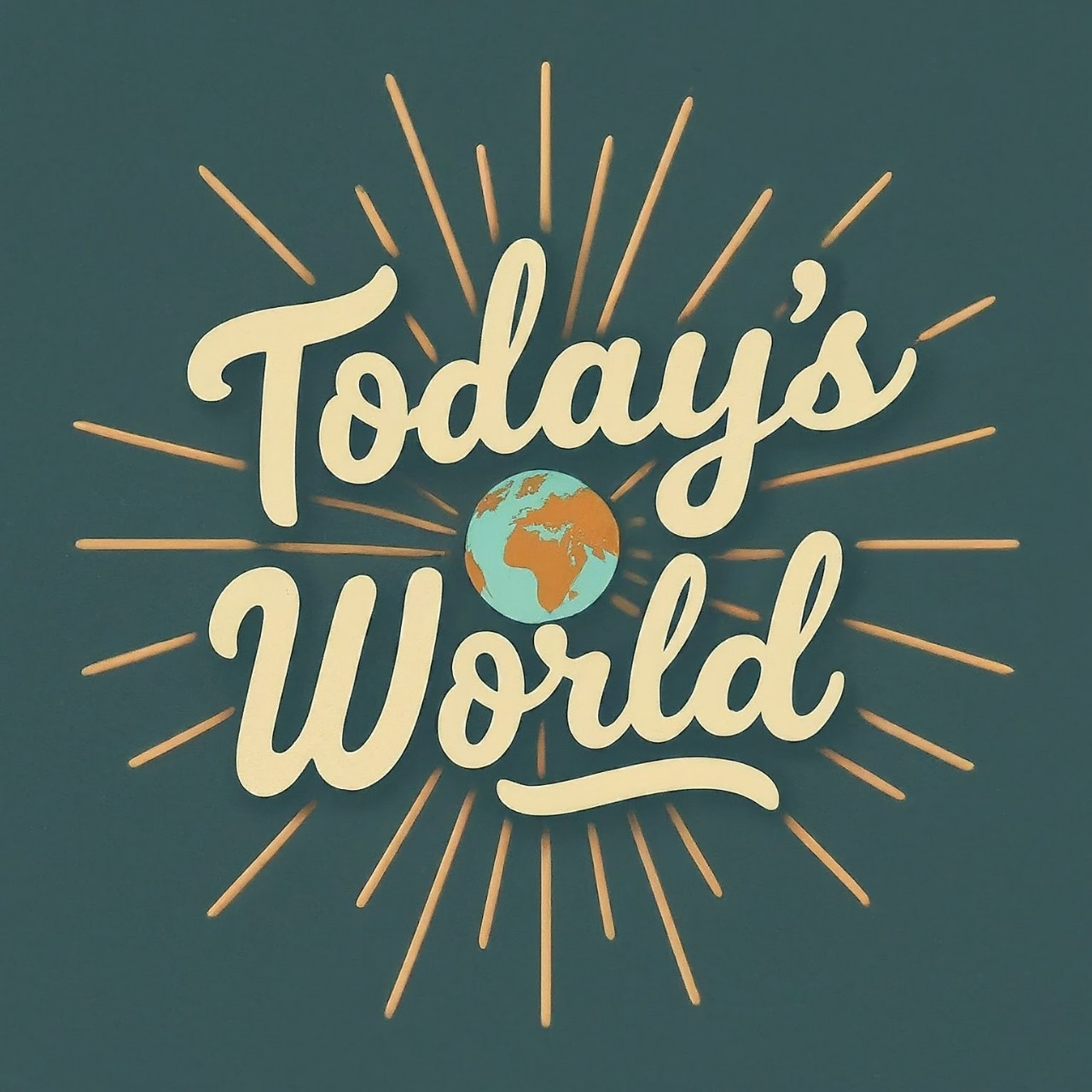Is your child safe in the US?
America’s dark truth revealed
Hey guys, as y’all have already guessed - today we are here to discuss something important. So, we will skip all the formalities and get right into it.
Someone had to talk about this
We were stunned when we first stumbled upon this story. What surprised us even more was that hardly anyone in our circle knew about it, even though they're up to date on the elections and the Olympics.
Should we be proud of this or ashamed?
Anyway…
In a quiet, long-hidden chapter of American history, a shocking revelation has come to light: at least 973 Native American children died in US government-run boarding schools. These institutions, intended to assimilate Native children into white society, operated for over 150 years, leaving a trail of trauma and cultural erasure. But how did this happen, and why is it only now being uncovered?
The story begins with a dark era when the US government, driven by a misguided desire to "civilize" Native populations, established boarding schools that forcibly removed children from their families. Imagine being a young child, torn from everything familiar, and thrust into a world where speaking your language and practicing your culture were forbidden. What must it have felt like to have your hair cut, your name changed, and your identity stripped away?
The investigation, spearheaded by US Interior Secretary Deb Haaland, herself a member of the Laguna Pueblo tribe, has brought these painful truths to the surface. Haaland's team discovered both marked and unmarked graves at 65 of the over 400 schools, suggesting a much larger, systemic issue. The causes of death varied, from illness to harsh conditions and outright abuse. As we uncover these facts, we must ask ourselves: How could such a tragedy have been allowed to happen?
The stories of the survivors paint a harrowing picture. Former students recall being punished for speaking their native languages, locked in basements, and forced into manual labor. Some were even left with only basic vocational skills, limiting their future prospects.
This revelation has led to widespread calls for justice and healing. There are demands for a formal apology from the US government and initiatives to support Native communities in recovering from this dark legacy. Calls for substantial investments in education, violence prevention, and the revitalization of Indigenous languages are also emerging.
But can these measures ever truly make up for the loss and trauma experienced by these communities?
In a show of solidarity, US Catholic bishops have apologized for the church's role in the trauma, reflecting a similar apology by Pope Francis for the Catholic Church's involvement in Canadian boarding schools.
As we reflect on this tragic chapter, we are left with some pressing questions:
How do we ensure that such atrocities never happen again?
How can we support the survivors and their descendants in their journey toward healing?
How many more such stories remain untold, buried in the past?
And perhaps most importantly, how can we honor the memory of the children who never came home?
We’re out of words today. Let’s meet again tomorrow 👋 Till then, stay stay.





